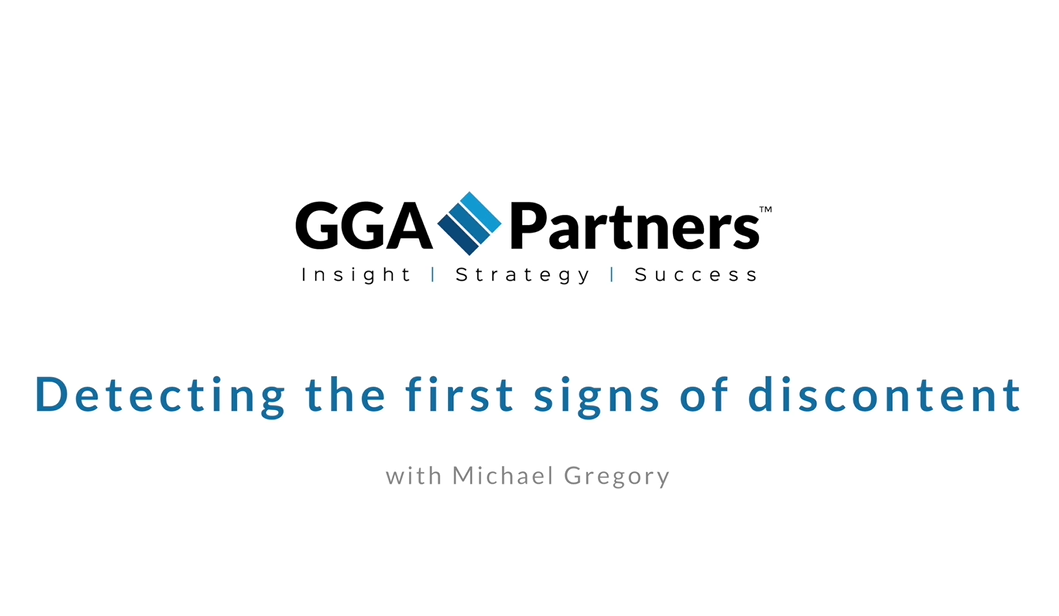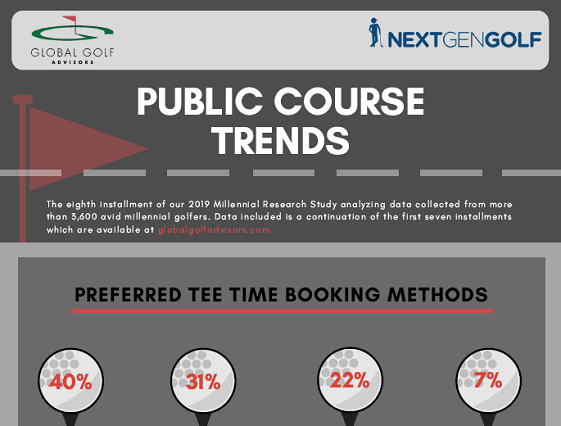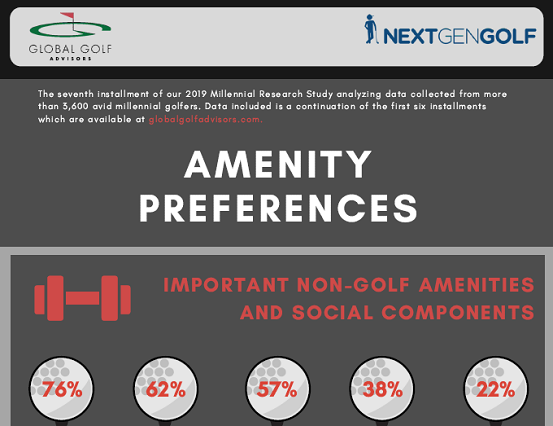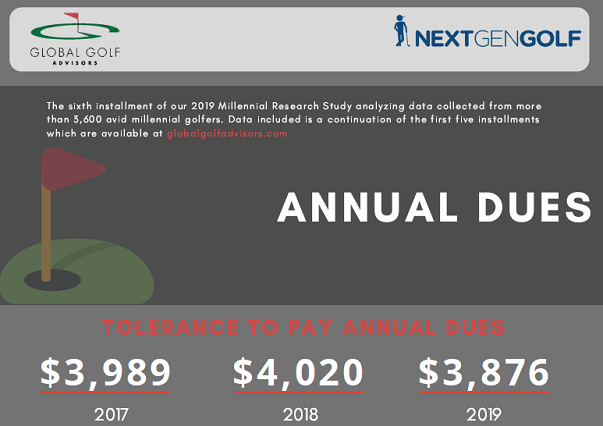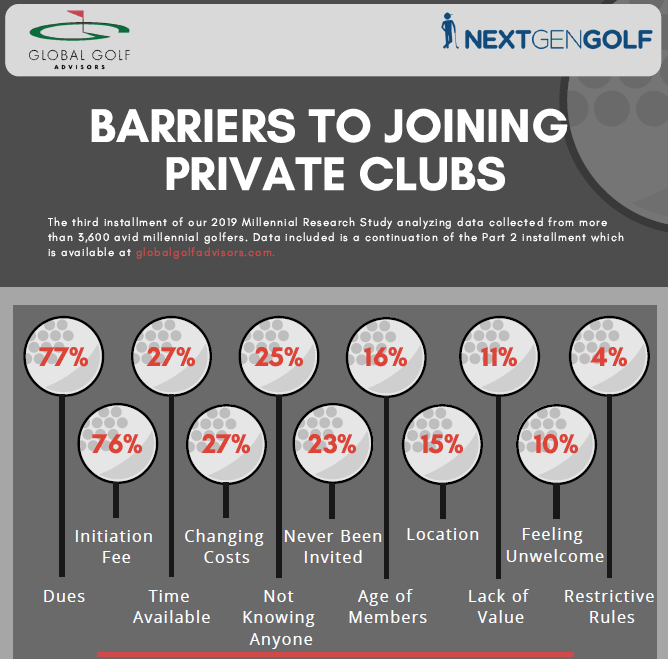Retention is something of a time-selective phrase in club management.
Its definition has, arguably, become too closely rooted in taking action (usually) at the time of membership renewals to ensure as many existing members continue their membership as possible.
While that is a plausible (and at times necessary) position to take, the side effect is that it can begin to build a perception among members that you only care about them when it is in the club’s financial interest to do so.
So how can you go about changing that?
By facilitating meaningful relationships. From the moment they join, for the life of their membership.
The relationships your club cultivates for and with members are essential in developing and maintaining relevance – a key factor in positioning your club to achieve high levels of member satisfaction, retention, and recruitment.
Create the Social Links
Your priority in the early stages should be to integrate the new member into the social fabric of the club.
It’s easy to slip into thinking a member’s perception of the club’s value to them will revolve around the golf course or particular amenities and services you provide. But these tend not to be key factors in deciding whether to stay or leave, especially if they can experience them elsewhere.
What really sets your club apart is the existing membership base: the internal club networks and friendship groups that have established over time. This is the one thing that no other club can imitate. The more you can nurture and facilitate these inclusive and accessible networks, the stronger the emotional connection you can begin to create between new members and the club.
With that in mind, here are some useful ways to help facilitate the kinds of relationships that will instill loyalty and exceed the expectations of new members:
- Invite them along to new member events (where they can get to know other new members).
- Identify other like-minded members or members of a similar age to engage or play a round of golf with the new member.
- Encourage or create opportunities for their family members to engage with the club at an early stage, through new member events, social events or simply by inviting them along to experience the club.
Develop the Connection to Expectations
Fast-forward the clock. These new members are no longer new members and have settled into life at the club. Hopefully, by this stage, they will have established meaningful relationships with fellow members and will be enjoying all aspects of membership.
Now is not the time to become complacent.
As Michael Gregory, GGA Director of Private Club Services, points out, “If you’re not exceeding the expectations of a member, then they are an ‘at risk’ member.”
But how do you keep exceeding expectations? Here’s some thoughts to consider:
- Assess their satisfaction through a general member survey, or even through a dedicated survey for those of a similar member profile.
- Identify areas of improvement through the survey and act on them. There is nothing worse than providing a forum by way of a survey but not following through on what your members are telling you.
- Monitor individual engagement with the club, and look out for any profound changes of usage and utilization. Where there are changes, take the time to understand these and go the extra mile where it’s appropriate to do so.
Deepen the Sense of Belonging
Once members notch up 10 years or more, it’s safe to assume the club has become an integral part of their social life and, hopefully, their family’s too. They have likely forged a number of friendships, become attached to internal networks, and continue to enjoy the services offered by the club.
In this case it would likely take a significant event or set of circumstances to cause their departure.
However, as with any member, this should not reduce how attentive you are towards to this group. This is a group that will likely engage most with the club and have a greater sense of belonging, but also carry a greater influence – and this can be positive and negative.
So how do you manage this group effectively?
- Have them play an active role in welcoming new members to the club. This will continue to enrich their relationship with the club, bestow a sense of trust in them, and retain a feeling of freshness.
- Make them feel special. Organize specific events or social opportunities such as father / son or mother / daughter competitions, themed nights or games nights geared towards enhancing the emotional connection they have with the club.
- Give them a voice – at this point in their member lifecycle they have a wealth of experience to draw from. Ignoring their suggestions can result in the emergence of vocal minorities, so give them every opportunity to serve on committees/boards and take an active role in the programming at the Club.
Retention is something managers focus on when renewals come around; relationships are something they develop year-round. If you can switch your focus to building and developing the relationships your members have with and at your club, you can continually exceed their expectations and create a sense of belonging that they will find difficult to live without.
This article was authored by GGA Manager Ben Hopkinson.


